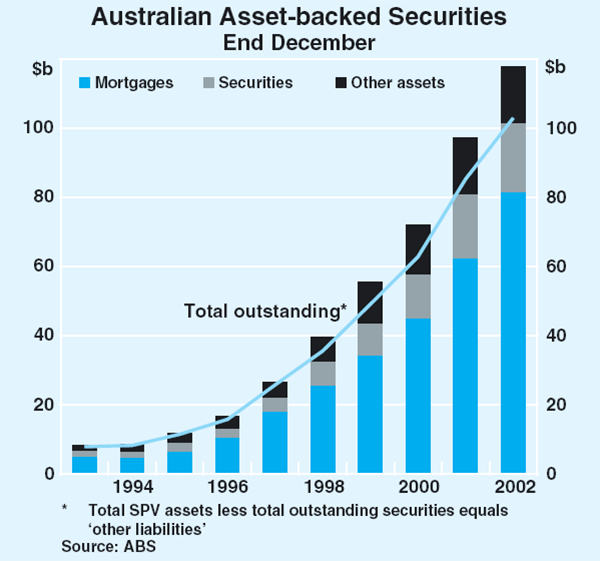Assetbacked securities Introduction When financial assets or bonds are Financial Management
Post on: 6 Июнь, 2015 No Comment

Introduction
When financial assets or bonds are pooled together and offered to the investors for receiving the inflow of funds from these underlying assets, they are termed as asset-backed securities. These comprise mostly receivables such as credit card receivables, auto loans, car loans, housing loans, etc. These asset-backed securities do not include mortgage loans. These are more creditworthy than the bonds as the paying capacity of the underlying assets is better than the bonds. Usually financial institutions in the area of credit card, auto finance, home finance, consumer loan finance companies including banks issue asset-backed securities. Through securitization, these companies pool together these loans and offer them to the investors.
Asset-backed Securities (ABS) though relatively new to the market, have a good growth potential. Asset-backed securities were first issued in 1985. The ABS Market, from its initial position has grown manifold in recent years. It is observed that the total market of asset-backed securities increased from $1.2 billion to $185 billion between 1985 and 1997. Some of the benefits of asset-backed securities are:
Better Yield: Asset-backed securities provide better yield than bonds or mortgage-backed securities of similar quality and maturity.
Better Credit Quality: Because of certainty of payments and lesser probability of default, asset-backed securities have a better credit quality. Moreover, the presence of collateral as guarantee for payment increases their creditworthiness.
Diversity and Internal Diversification: Existence of various sources of underlying assets such as credit cards, auto loans, housing loans, etc. represent diversification of the asset-backed securities. The investors also have the opportunity to diversify investments as they have an additional avenue to invest their funds apart from treasury bills, bonds, etc.
Predictability of Cash Flow: The cash flow from asset-backed securities can be predicted with certainty, as the pool of underlying assets is known. Moreover, there is certainty with respect to time period when the cash flow will take place. But recently, a few modified asset-backed securities are also being introduced wherein uncertainty about payment exists but these uncertainties are paid in the form of higher yield.
Reduced Event Risk: When a bond or a share is issued to investors, they face the risk of downgraded credit rating of their investment due to several unforeseen and unpredictable events, which are out of the control of the investors. These may be mergers, acquisitions, and restructuring of the company, usually undertaken with an objective to improve the efficiency of the company and shareholders’ values. However, asset-backed securities are protected from such risks as these are not issued by any company and are immune to the above mentioned changes.
Retail automobile loans, credit card receivables and home equity loans are the three most common types of asset-backed securities. These three are popularly referred to as CARs (Certificates for Automobile Receivables), CARDs (Certificates for Amortizing Revolving Debts) and HELS (Home Equity Loan Securities) respectively.














